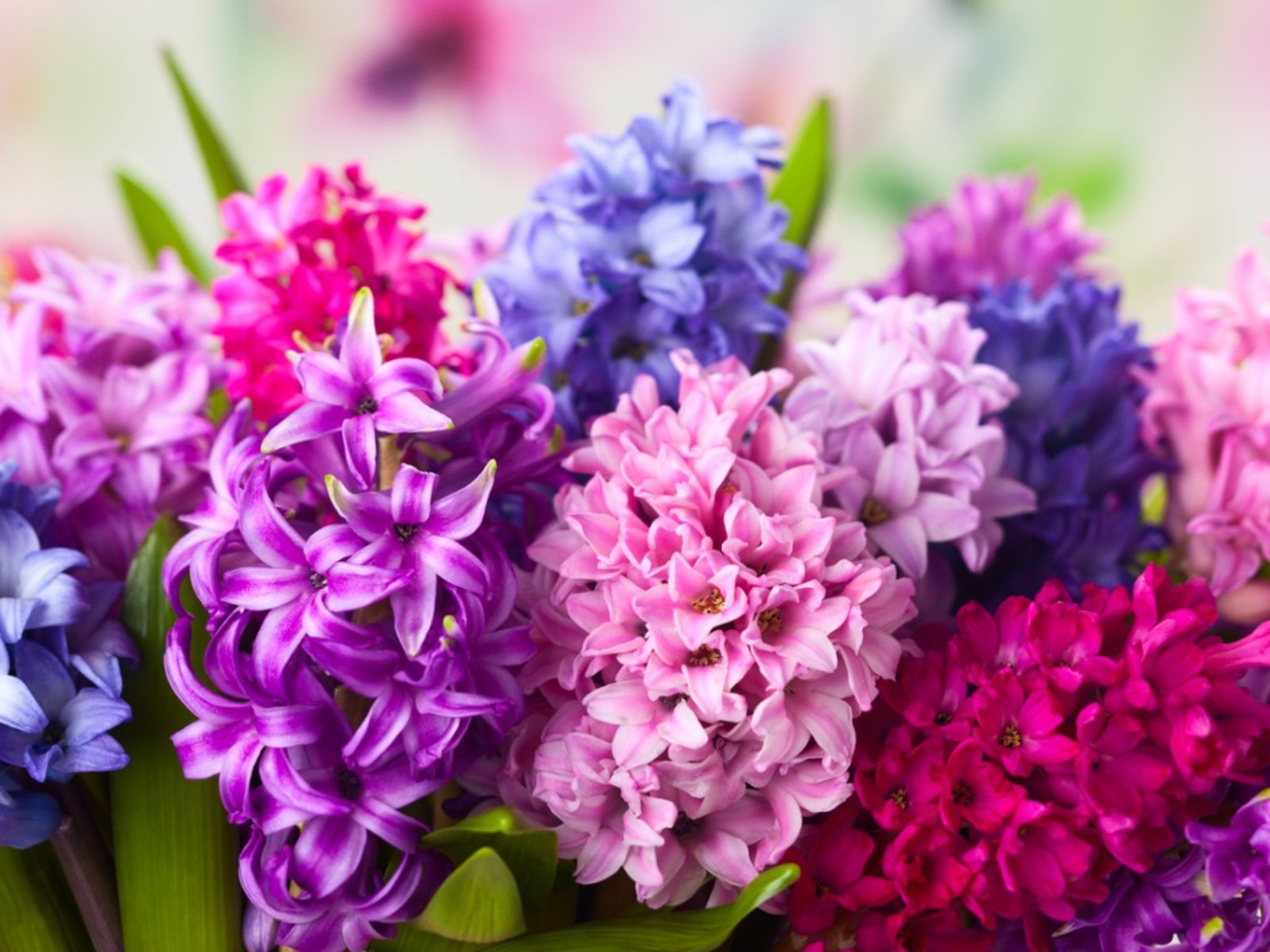With their captivating colors and heavenly fragrance, hyacinths are one of the most beloved bulbs for spring gardens. While hyacinths are commonly propagated by planting the small bulblets that form on the mother bulb, you can also grow new hyacinths from seed. Collecting and sowing hyacinth seeds is an enriching way to multiply your plants. Here’s a complete guide to harvesting and saving hyacinth seeds for future propagation.
When and How to Collect Hyacinth Seeds
Timing is critical when harvesting hyacinth seeds. Allow the spent flower heads to remain on the plant for several weeks after the blooms fade. The seed pods will turn from green to tan and papery as they mature. Wait until the pods are completely dry and the seeds rattle inside before collecting them.
To harvest hyacinth seeds:
- Carefully cut the dry seed pods off the stems using clean scissors or pruners.
- Place the whole pods in a paper envelope or bag. Let them continue drying for 1-2 more weeks in a warm, dry spot out of direct sunlight.
- Once the pods are fully dried out gently shake and crush them to separate the seeds. Or carefully split the pods open by hand to remove the seeds.
- Pick out the small black hyacinth seeds and discard any chaff or debris,
- Let the seeds air dry for about a week before storage. They should be hard with a white outer rim.
Storing Collected Hyacinth Seeds
For best results, hyacinth seeds should be stored in a cool, dry place. Store them in an airtight glass jar or envelope in a dark cabinet or drawer. Proper storage keeps seeds viable for up to 3 years. Refrigeration can extend viability further but isn’t required.
Before storage, it’s a good idea to clean seeds further by sieving or gently blowing away any residual debris. Well-cleaned seeds store better.
When to Plant Hyacinth Seeds
Hyacinth seeds can be directly sown outdoors in fall or started indoors in late winter.
- For fall sowing, plant seeds in September-October in well-draining soil. Bury them 1 inch deep and water gently.
- For spring sowing, start seeds indoors 10-12 weeks before your last frost date. Use sterile seed starting mix and keep the temperature around 70°F.
Germination takes 14-28 days. Young hyacinth seedlings need a couple years to develop bulbs large enough to flower. But the wait is worthwhile to propagate your own hyacinths!
Growing Hyacinths from Seeds
Hyacinth seeds are fairly easy to germinate, but the plants need careful treatment the first couple years when growing from seeds. Here are some tips:
- Plant fresh seeds for best results. Stored seeds may need scarification by gently rubbing with sandpaper.
- Start seeds in premium seed starting mix and keep moist but not soaked.
- Transplant seedlings to the garden after the last spring frost, spacing 8-12 inches apart.
- Grow in organically rich, well-draining soil. Amend with compost if needed.
- Mulch to retain moisture and control weeds. Keep plants consistently watered.
- Apply a balanced liquid fertilizer every 2-3 weeks during the growing season.
- Allow plants to die back naturally in summer and remain undisturbed for 2 years to develop bulbs.
Follow proper cultivation practices, and your homegrown hyacinths will reward you with their spectacular blooms and scent within a few seasons!
Troubleshooting Problems with Hyacinth Seeds
Growing hyacinths from seeds does take patience, but you can avoid common problems with proper care:
- Ensure seeds are fresh. Old or improperly stored seeds may fail to germinate well.
- Prevent fungal issues like damping off by avoiding overwatering and providing good drainage.
- Control pests like aphids by spraying with insecticidal soap. Remove by hand if practical.
- Pick a sunny, well-draining spot to prevent bulb rots. Rotate plantings if possible.
- Allow plants to die back naturally each summer. Premature removal inhibits bulb growth.
The Benefits of Hyacinth Seed Saving
Saving hyacinth seeds allows you to easily propagate these prized plants for free. It’s also fun to nurture your own plants from seed and see the results of your efforts after a few years.
Collecting seeds also helps preserve hyacinth diversity. Growing heirloom varieties from seed maintains unique genetics. Shared among friends, home-saved seeds spread beauty sustainably.
So try your hand at harvesting hyacinth seeds! With a little patience and proper care, you’ll enjoy their heavenly fragrance and colorful blooms for years to come.

How to collect hyacinth seeds?
FAQ
When to harvest hyacinth seed pods?
What do hyacinth seed pods look like?
When to collect hyacinth beans?
Do hyacinths self-seed?
- The Ultimate Guide to Growing Strawberries in Raised Beds - August 8, 2025
- No-Dig Garden Beds: The Easiest Way to Grow a Beautiful Garden - August 6, 2025
- How to Protect and Preserve Wood for Raised Garden Beds - August 6, 2025
